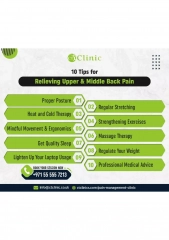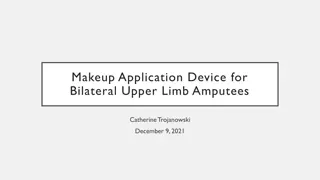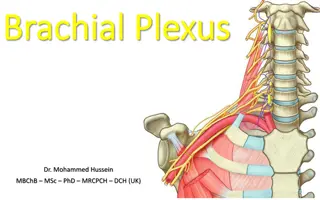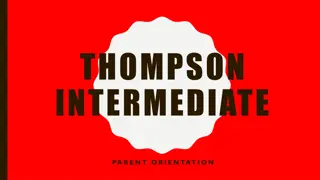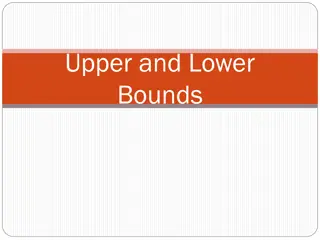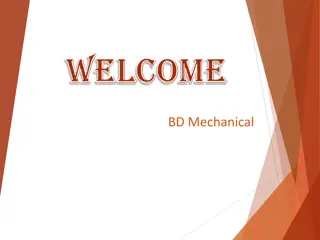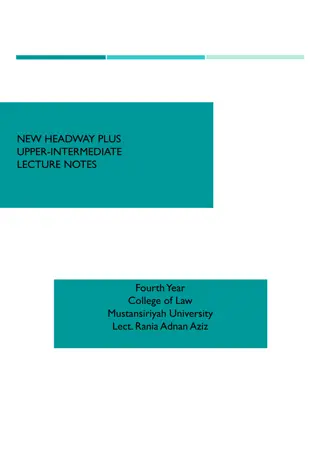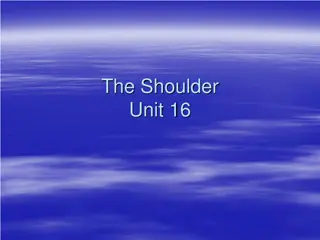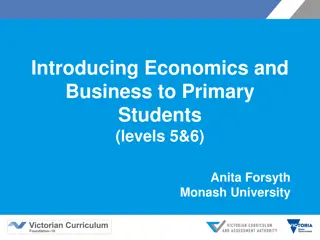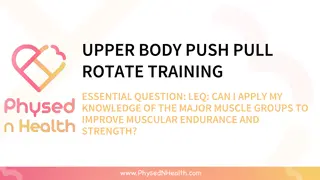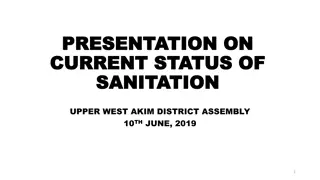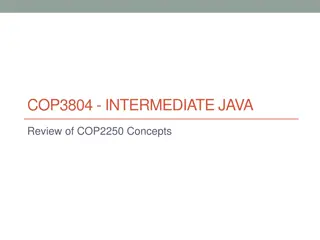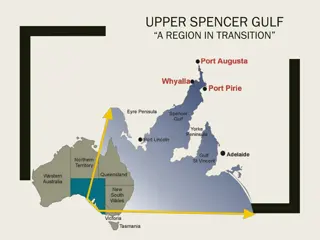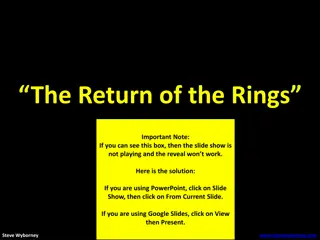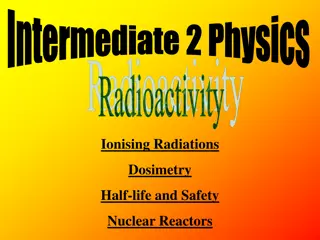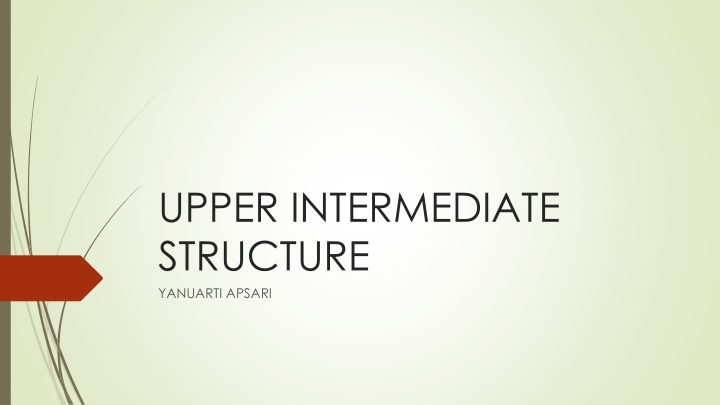
English Grammar Curriculum Development & Importance of Structure
Explore the significance of structure in English language learning, the impact of needs analysis on curriculum development, and the essential components of curriculum design. Enhance your grammatical competence with the upper intermediate structure course objectives and taxonomy Bloom analysis.
Download Presentation

Please find below an Image/Link to download the presentation.
The content on the website is provided AS IS for your information and personal use only. It may not be sold, licensed, or shared on other websites without obtaining consent from the author. If you encounter any issues during the download, it is possible that the publisher has removed the file from their server.
You are allowed to download the files provided on this website for personal or commercial use, subject to the condition that they are used lawfully. All files are the property of their respective owners.
The content on the website is provided AS IS for your information and personal use only. It may not be sold, licensed, or shared on other websites without obtaining consent from the author.
E N D
Presentation Transcript
UPPER INTERMEDIATE STRUCTURE YANUARTI APSARI
What do you think about STRUCTURE?
WHY STRUCTURE? Structure is the basic knowledge and skill for understanding the language naturally constructed and used. structure should be mastered by the learners that they can use English language in appropriate way. Without knowing the structure of the language, we may get a lot of difficulties. Therefore, it can be concluded that.................. grammatical competence is CRUCIAL for communication to take place.
WHAT IS NEED ANALYSIS? need analysis is the procedures used to collect information about learners needs (Richards, 2001 : 51). Brown (1995 : 35) stated that needs analysis refers to the activities involved in gathering INFORMATION that will serve as the BASIS for DEVELOPING A CURRICULUM that will meet the learning needs of a particular group of students.
Need analysis affecting curriculum development
CURRICULUM DEVELOPMENT Foundation of English Grammar Upper Teaching Grammar Intermediate Structure Advanced Structure
FOUR COMPONENTS OF CURRICULUM 1. The objective of the subject (Goal) 2. Teaching and learning material (Syllabus) 3. Teaching and learning Process (Teaching Method) 4. Assessment (What to be evaluated)
GOAL OF UPPER INTERMEDIATE STRUCTURE At the end of this semester, the students are expected to be able to improve their grammatical competence Objective 1 Objective 2 GOAL Objective 3 Objective 4 Objective 5
(1)THE OBJECTIVE OF THE LESSON At the end of this semester the students are expected to be able to: 1. Identify simple sentence, compound sentence and and complex sentence 2. write simple sentence, compound sentence and and complex sentence correctly
SYLLABUS Materi - Pre Test: Present, Past, Future Tenses Simple Sentences Be Have Do QUIZ 1 Active and Passive Forms Mid Test Compund Sentences The Complex Sentence: Noun Clauses The Complex Sentence: Relative Pronouns and Clauses; defining/non-defining clauses The Complex Sentence: time, place, manner, reason, contrast, purpose, result, and comparison The Complex Sentence: present participle constuctions, perfect/past constructions Pertemuan 1 2 3 4 5 6 7 8 9 10 11 12 Introduction to the course and syllabus & Review 13 14
Teaching Material This various rules about English structure and exercises for students. The contents of this module are adopted from sources in order to be suitable for students of English study program of IKIP Siliwangi. module contains provide various
(3)Teaching and Learning Process (Teaching Method) Group discussion Cooperative learning Quiz
(4)ASSESSMENT: means of evaluation 1. Attendence 2. Assignment 4. Active Participation Quiz 5. Mid test 6. Final Test : min 80 persen : 30 % : 20 % : 20 % : 15 % : 15 %
(4)ASSESSMENT: what to be evaluated 1. Knowledge 2. Skill 3. Attitude
FALL VERB
Among Preposition
However Conjunction
Flood Noun
Huge Adjective
Imeditelly Adverb
Forbid verb
Therefore Conjunction
About Preposition
Crucial Adjective
Scenery Noun
Now Adverb


